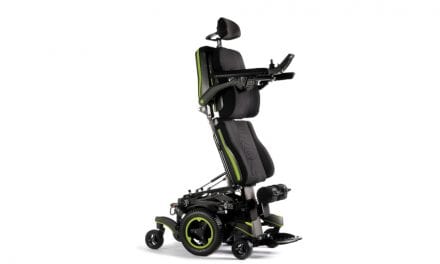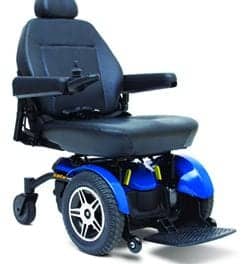A study on wheelchair back supports, conducted by Craig Hospital and the Center for Rehabilitation Outcomes Research at the Shirley Ryan AbilityLab, was published recently in The Journal of Spinal Cord Medicine.
Having researched how wheelchair components support the best functionality and mobility outcomes for patients with limitations, the team aimed to evaluate 50 adults between the ages of 18 and 60 living with complete spinal cord injury and who use a manual wheelchair for mobility.
Participants were provided two types of wheelchair backs – one upholstered wheelchair back cushion and one of solid material – and then evaluated for postural and functional outcomes, pain, and satisfaction with each. While most participants predicted that the soft back would provide better comfort and functionality, the study found that the more rigid backrests had the greatest benefits, including increasing vertical reach, aiding a stronger push, improving posture and providing more comfort, a media release from Craig Hospital suggests.
“At Craig, our daily approach to patient care, including involvement in research, is focused on improving quality of life for patients and helping them get back to being as independent as possible after their injury. To prove that minor things make a big difference in a person’s daily life – like the material of the wheelchair back – is really fulfilling. We take these findings directly to our patients and get to see the benefits in real life.”
— Maggie Dahlin, Craig Hospital physical therapist
Positive Outcomes from Solid Backrest
The study suggest five key positive outcomes from using a solid backrest:
- More upright posture: Posterior pelvic tilt, or “sacral sitting,” was reduced by an average of 9.16 degrees.
- Improved upward reach: Vertical forward reach increased by an average of 2.04 inches, which is twice as much as what this outcome measure considers a meaningful change.
- Increased push distance: One-stroke push test distance increased by an average of 9.69 inches, which is twice as much as what this outcome measure considers a meaningful change.
- Faster propulsion up a ramp: Ramp ascent was faster by an average of 6.82 seconds.
- Better overall satisfaction: Participants overall reported the solid backrest was favorable with 85% reporting they would choose to use it on a daily basis (compared to only 4% for the upholstery back).
[Source(s): Craig Hospital, GlobeNewswire]
Related Content:
What the Best Wheelchair Configurations Should Have
With Mobility Independence for All
BCBS to Quadruple Amputee: No wheelchair. You can walk a little





